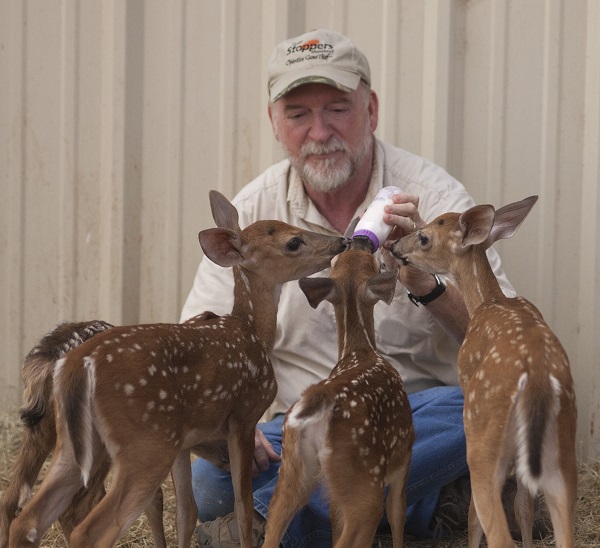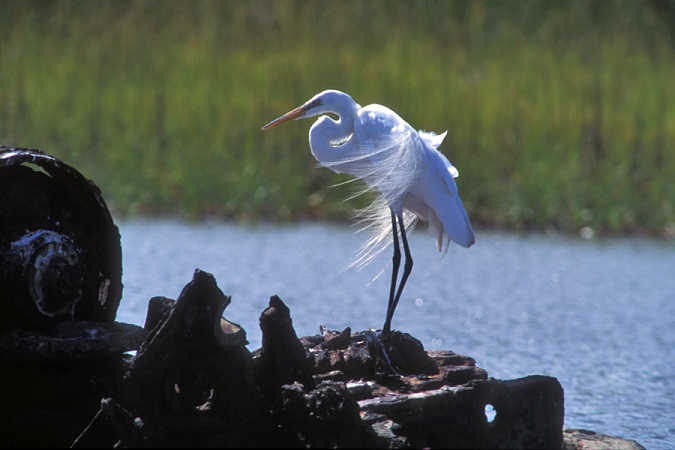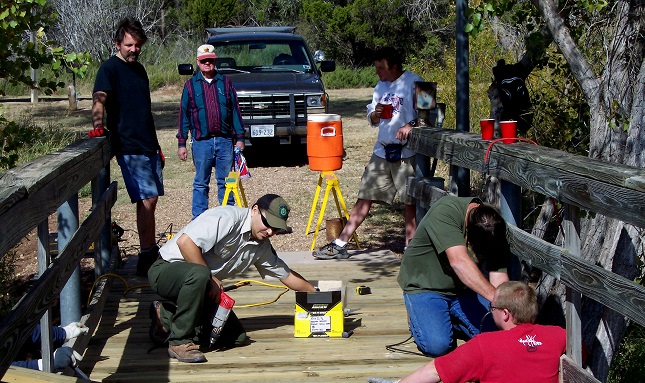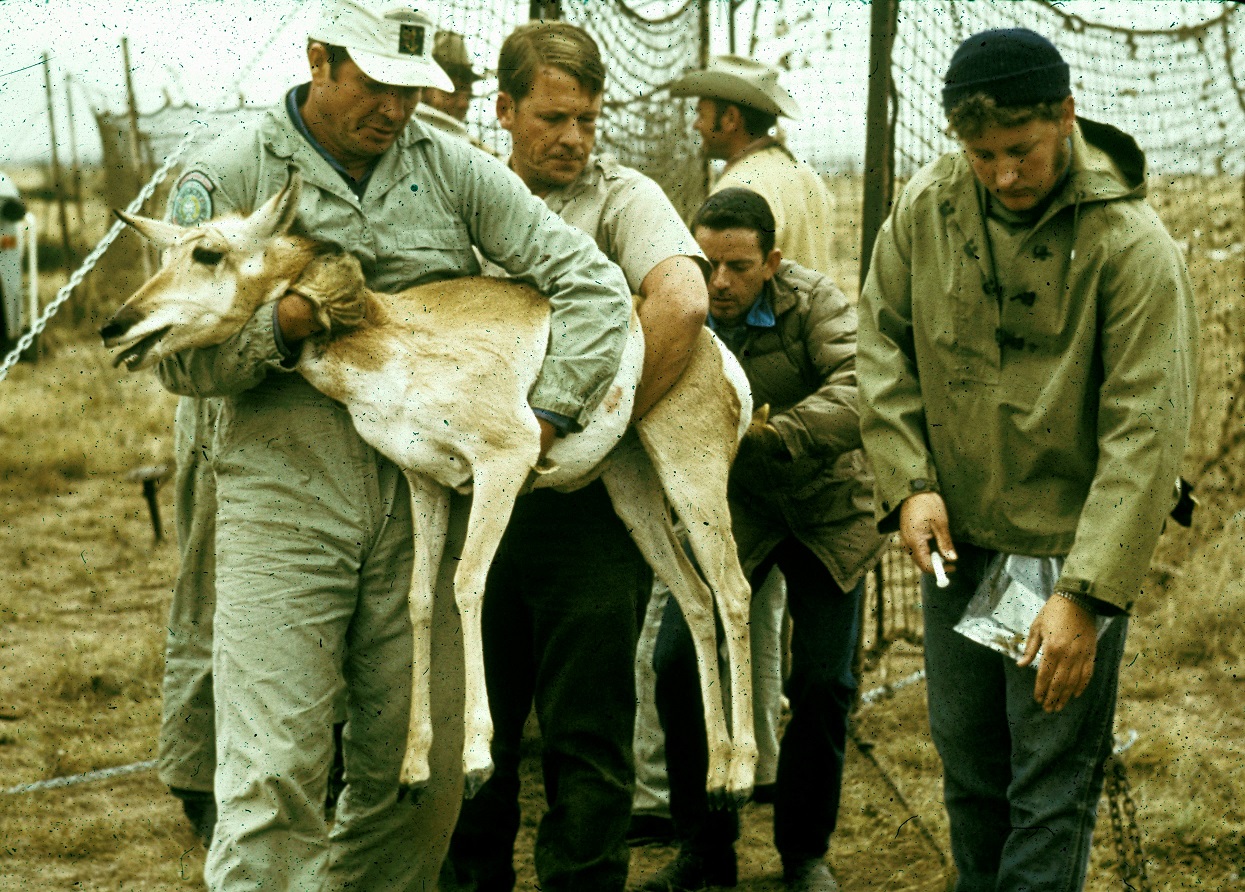Wildlife: Baby Mammals
Wednesday, April 9th, 2014This is Passport to Texas
This time of year, reports start rolling in to Parks and Wildlife from people who think they’ve discovered abandoned baby animals.
09—What could have happened is you walked up there, and mama ran off and hid – and baby is hiding there. And, as soon as you leave, mama will come back.
That’s not true in every case, though, says Jonah Evans, Texas Parks and Wildlife mammalogist. If you see an abandoned baby possum, for example, mom could be gone for good.
14—With 184 some odd mammals in the state, it’s probably pretty difficult to give you a list of which mothers will come back wand which ones won’t. So, what I recommend is before touching and animal – call a [wildlife] rehabilitator.
Licensed rehabilitators know animal behavior and can tell you which critters may benefit from intervention.
09—If you contact one of the many throughout the state – and there’s a whole long list of them on our website – they are really the experts in this. Not Parks and Wildlife.
Jonah Evans says although—as a mammalogist—he researches and studies warm-blooded animals, rehabilitators are the ones with skills suited to helping citizens’ where abandoned baby animals are concerned.
Find a list of licensed rehabilitators by county on the Texas Parks and Wildlife website.
The Wildlife and Sport Fish Restoration Program supports our series…For Texas Parks and Wildlife, I’m Cecilia Nasti.







 Passport to Texas is a
Passport to Texas is a  Passport to Texas is made available by:
Passport to Texas is made available by: